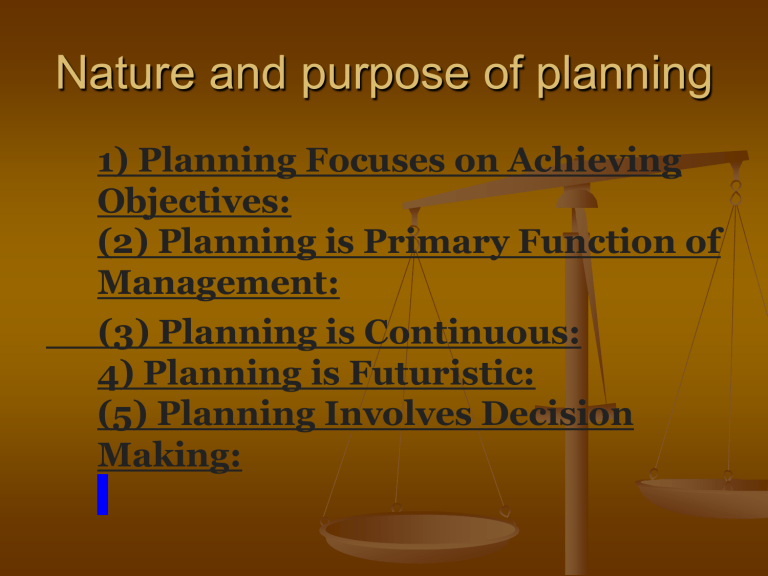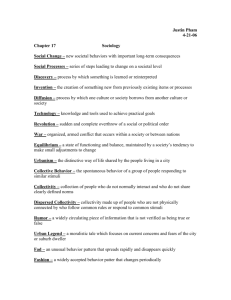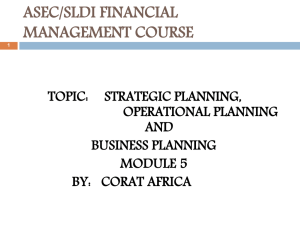
Nature and purpose of planning 1) Planning Focuses on Achieving Objectives: (2) Planning is Primary Function of Management: (3) Planning is Continuous: 4) Planning is Futuristic: (5) Planning Involves Decision Making: Nature of planning 6 Planning is goal oriented. 7.Pervasiveness of planning ( It is found at all levels) 8.Efficiency of planning is measured by contribution to its objectives. Collective Planning Collective Planning can be defined as the organization of the decisions over time of a. collection of people (or "collectivity") whose goals and activities strongly interfere with each other. Practical Planning A practical plan is one that aligns with your goals, resources, and constraints, and that guides your team to execute effectively and efficiently. Critical Planning In project management, the critical plan is the longest sequence of tasks that must be completed to execute a project. The tasks on the critical path are called critical activities because if they're delayed, the whole project completion will be delayed. Functional planning Functional planning is developing and documenting detailed plans to achieve objectives set at higher organizational levels. It includes specifying how resources will be used to support activities in each functional area, such as marketing, production, human resources, finance, and information technology. Long Run Planning Long-term planning involves goals that take a longer time to reach and require more steps; they usually take a minimum of a year or two to complete. They aim to permanently resolve issues and reach and maintain success over a continued period. Short Run Planning Short-term planning involves strategies that focus on the results within a short time, say a year. These are the strategies to be used in achieving specific milestones. Short-term planning aims for an immediate period and helps you fix the challenges you're dealing with in the present. Scope and Limitations of planning . Scope of planning is the practice of organizing and allocating all aspects of the work that will be required for a project in order to complete that project. The scope is important because it helps guide project managers, directors, and supervisors to understand what is, and is not, part of the project's scope. Scope and Limitations of planning The limitations of Planning are furnished below: Planning Leads to Rigidity. The plans are rigid in nature and have to be complied with throughout the organisation. Such rigidity of plans may be internal as well as external. Internal rigidity relates to plans, policies, programs, rules, and methods, etc. Scope and Limitations of planning Planning May Not Work in a Dynamic Environment: Planning is based on anticipating future events, and because the future is unpredictable and dynamic, the organization must react to changes. However, planning will not be able to adequately predict future events. Flexibility Planning Flexible planning is a project management method that focuses on flexibility, or the ability to react effectively and make changes in accordance to sudden changes or project requirements. A good example of flexibility is if a customer suddenly requests a major change to a project. Characteristics of a sound plan Characteristics of a sound financial planning are: (1) Simplicity (2) Foresight (3) Flexibility (4) Optimum use of funds (5) Anticipation of contingencies- the planners should visualize contingencies or emergency situations in designing their financial plan and should keep surplus capital .


